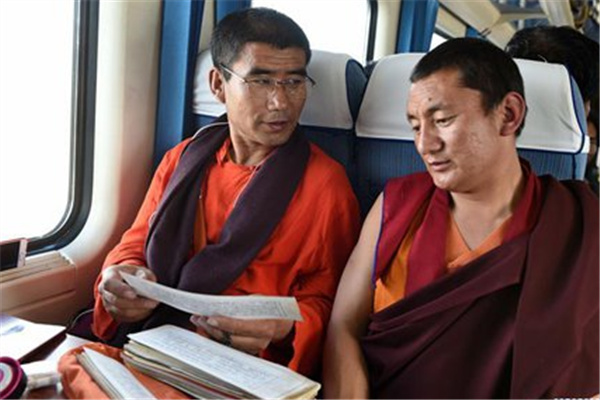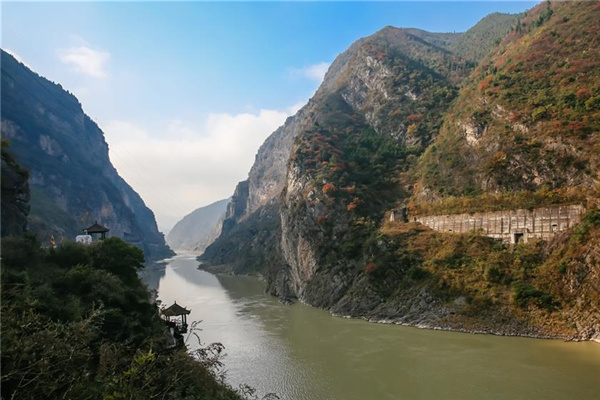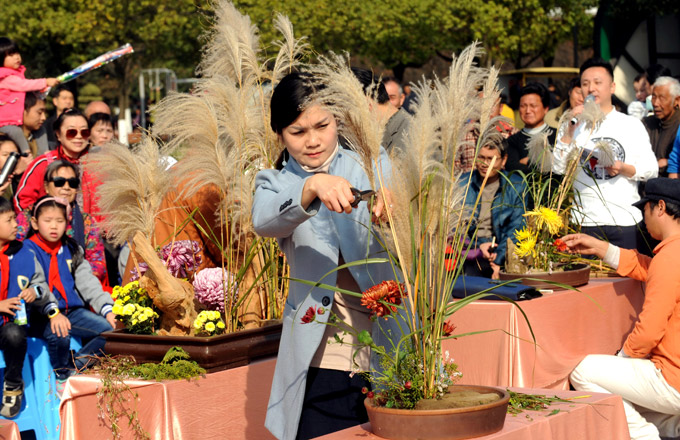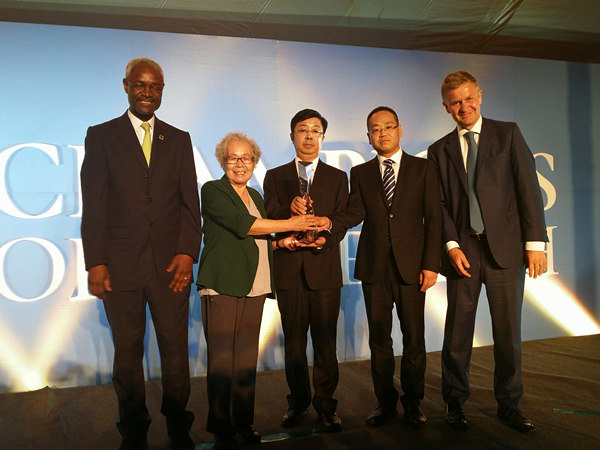

Indigenous people grew cocoa in Central America more than 2,000 years ago. Now, their descendants are reviving the crop to meet world demand for high-quality chocolate.
Throughout Central America, farmers like Manuel Abrigo are planting cocoa, taking advantage of high world cocoa prices and the premium their cocoa commands.
"I sowed cocoa because I saw my neighbor had it and I wanted more income, too," Abrigo, an Ngobe indian, says in broken Spanish.
|
A variety of Green & Black's dark chocolate products. Bloomberg News |
His hillside farm, near the port of Almirante in western Panama, overlooks a glistening bay where Christopher Columbus dropped anchor in 1502.
Grown by the ancient Maya in Mexico and Central America long before the arrival of the Spanish, cocoa also has a long tradition with the Ngobe people, native to the Panama-Costa Rica border region, as well as indigenous communities in Belize, Guatemala and Nicaragua.
Spanish explorers recorded that indigenous people used cocoa beans as currency. Ten could buy a night with a prostitute, 100 could buy a slave, according to archeologist Michael Coe, joint author of a book called The True History of Chocolate.
In the 1990s Abrigo and other farmers abandoned the crop when the trees were hit by fungus and world prices were low.
Now gourmet chocolate companies are turning to growers in Central America to supply cocoa that can be labeled organic and "fair trade", under which companies pledge to pay third-world farmers more for their crops.
The bulk of the world's cocoa is grown in Africa, where Portuguese colonizers imported cacao trees in the 1800s. But human rights groups accuse producers in Ivory Coast, the world's No 1 supplier, of using the labor of child slaves.
Abrigo belongs to a 1,500-farmer cooperative that sells most of its beans to a small Swiss company called Pronatec AG, which markets organic products to independent candy makers.
In southern Belize, near the border with Guatemala, a group of Mayan farmers produce cocoa beans for Green & Black's, a division of Cadbury Schweppes .
Their cocoa is shipped to Italy and mixed with orange flavor and spices to make "Maya Gold" chocolate, sold in Europe and the United States for $3 a bar.
Between 2002 and 2006, global sales of organic chocolate grew 120 percent to $401.3 million, less than 0.5 percent of the world chocolate market. But demand is enough to convince small farmers from Belize to Panama to produce more.
"People calculate they could easily double their output and not have any problems with finding a market," says Eduardo Somarriba, a cocoa expert at the Costa Rica-based tropical research center CATIE.
Upward trend
Somarriba estimates Central America's cocoa output rose 40 percent over the last three years to between 4,000 and 5,000- tons in the 2006/2007 harvest.
The planted area reached 21,000 hectares (52,000 acres), and another 2,000 hectares will be planted this year, Somarriba says.
"Cocoa is one of the few cash crop alternatives in poor, indigenous areas," he says.
US cocoa futures on the ICE exchange recently soared to a 28-year high as investment funds pour money into commodities.
Higher prices help farmers boost output by investing in methods to improve crop quality and avoid fungus outbreaks.
A fungus known as "frosty pod" wiped out much of Central America's crop in the 1990s.
Despite efforts to plant more cocoa, the scale of operations is still tiny on most Central American plots.
Abrigo's cooperative produced just over 600 tons of mostly organic cocoa in 2007, one of their biggest harvests in decades.
By comparison, the Ivory Coast produces more than 1 million tons of cocoa a year.
Central American farmers hand ferment their cocoa beans - the seed of a fleshy fruit - under banana leaves in hardwood boxes and dry them in the sun, a process that Green & Black's documents in its marketing.
Gregor Hargrove, Green & Black's project manager in Belize, says consumers like to know about the lives of the cocoa farmers. But taste comes first, he says.
"Our business is not to make some feel-good chocolate - people will always buy the 'taste-good' stuff."
Agencies
(China Daily 03/17/2008 page11)













